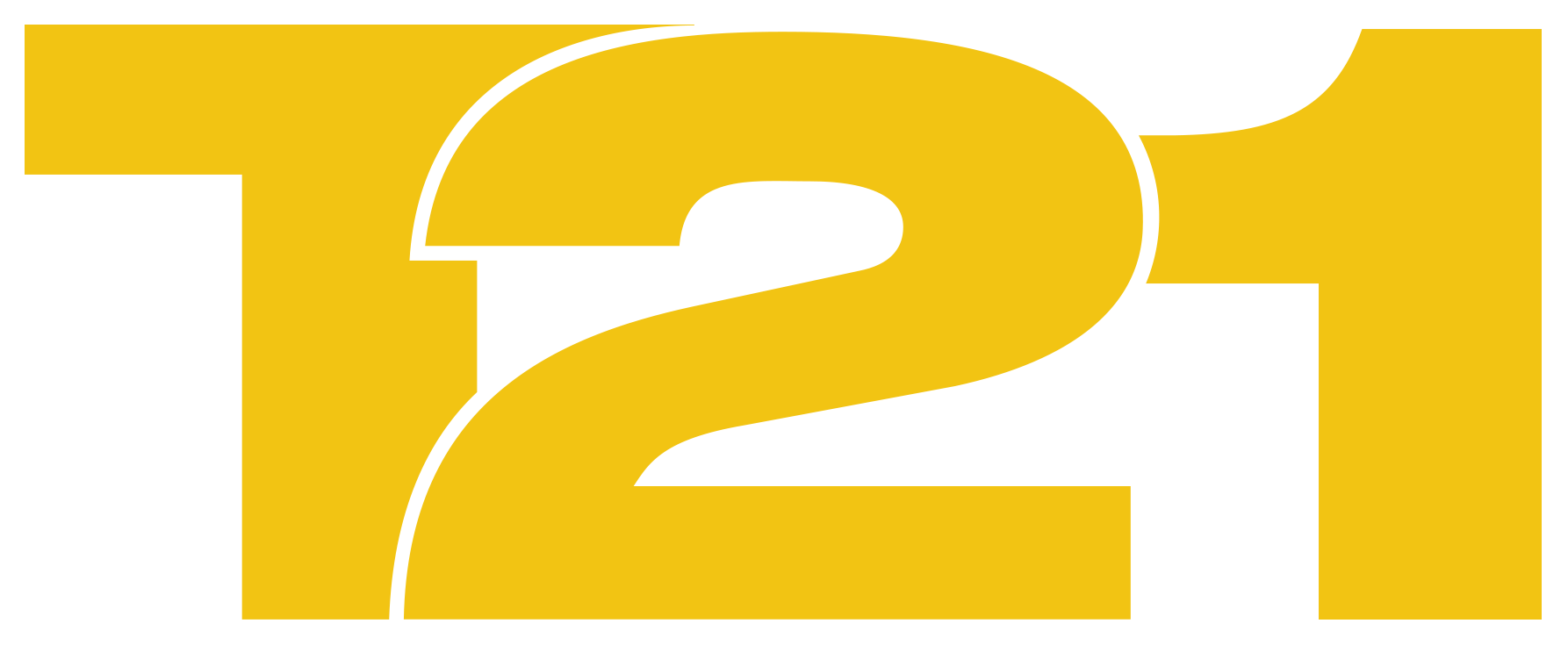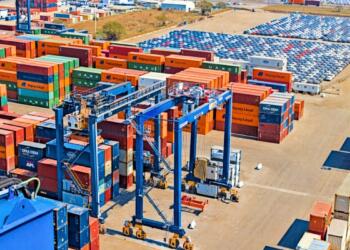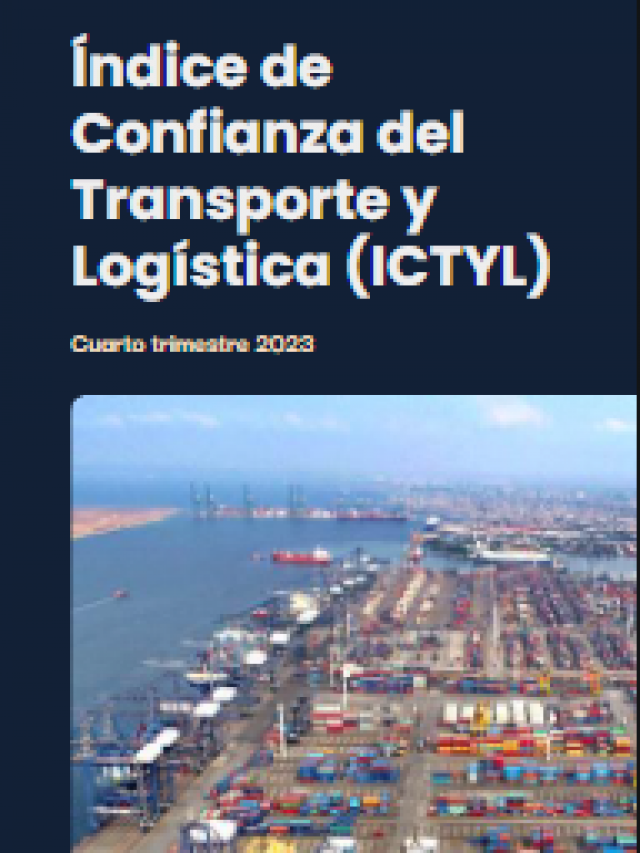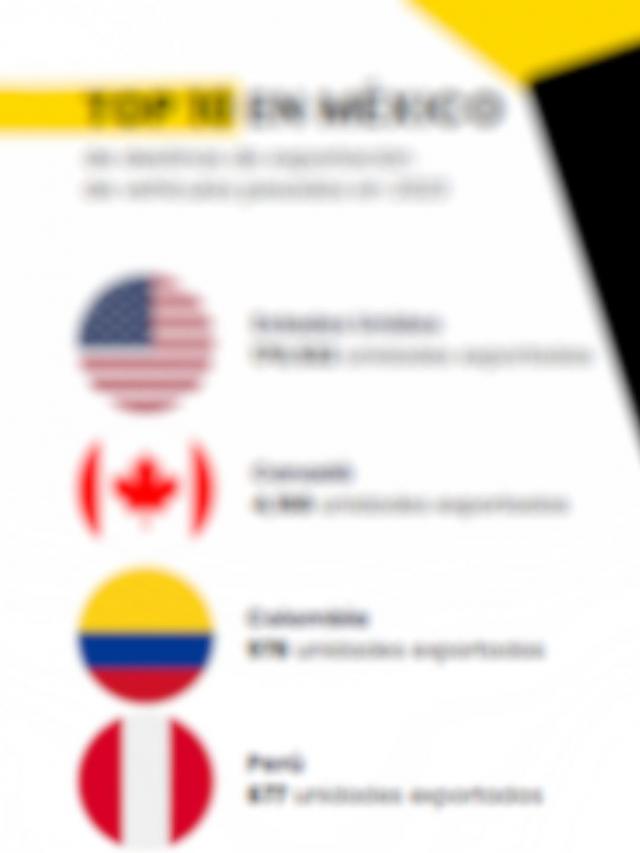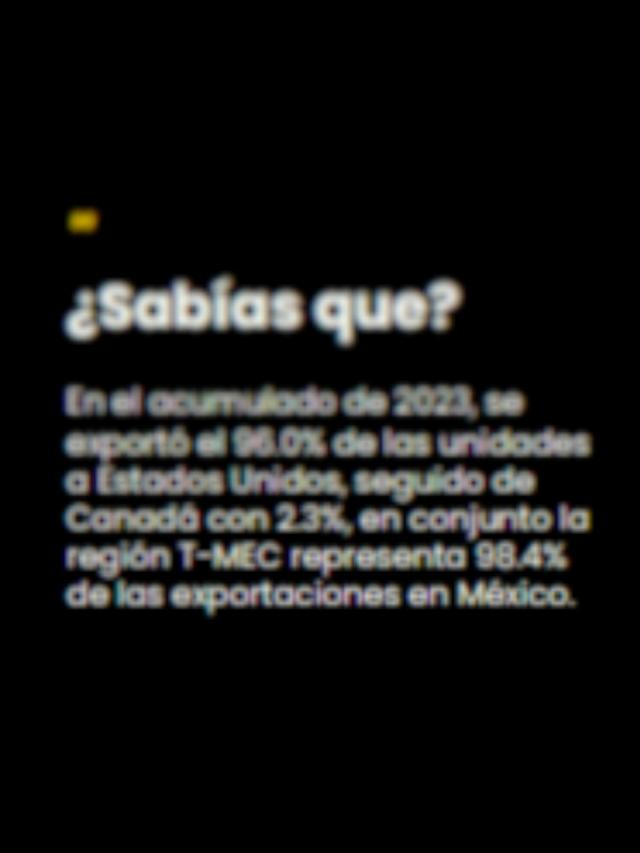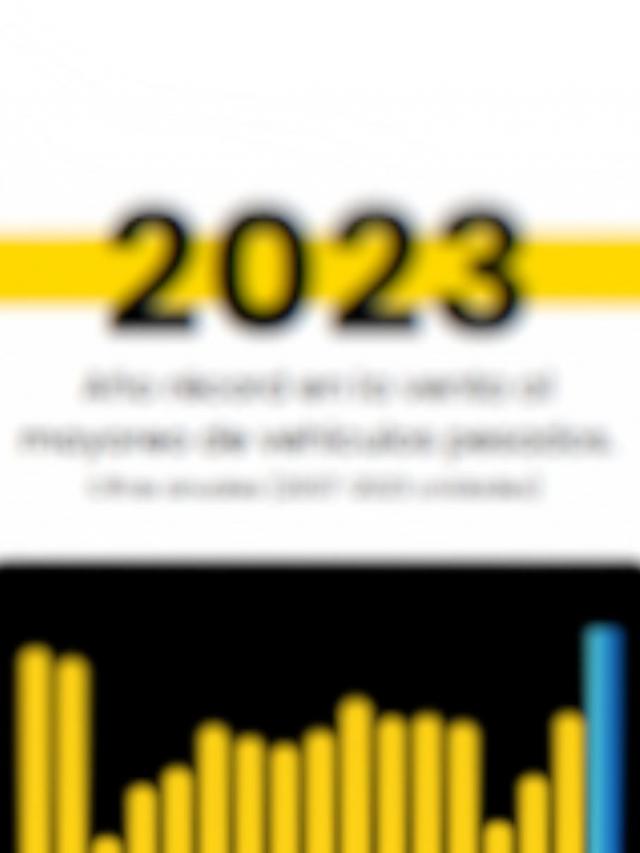
Cutting-edge technology, institutional transparency, risk management, and public-private collaboration are the four strategic pillars through which the Mexican customs system must be modernized in order to streamline the legitimate flow of goods and people, combat corruption, facilitate foreign trade, and ensure the country’s competitiveness in the face of the challenges posed by the United States-Mexico-Canada Agreement (USMCA) and other international treaties, according to the Association of Women Customs Officers (AMA) .
Gina Estrada , president of AMA, emphasized that achieving this requires a comprehensive reform of the Customs Law , which updates the regulatory framework to reflect the new dynamics of international trade, e-commerce, and the commitments assumed by Mexico.
In this regard, he said that this reform should simplify processes, reduce time and costs, strengthen ethical oversight, and prevent abuses in logistics services.
“The law must adapt to digital realities and offer certainty to foreign trade operators,” he stressed.
Achieving the four pillars of customs modernization requires the use of artificial intelligence (AI), digital platforms, biometrics, predictive analytics to strengthen operational efficiency and security, among other tools.
“Customs offices must cease to be bottlenecks and become smart hubs for connection, facilitation, and border protection,” Estrada explained.
In the Senate of the Republic , the AMA proposed to Rafael Marín Mollinedo , head of the National Customs Agency of Mexico (ANAM) , the signing of an inter-institutional collaboration agreement, which will allow the AMA to actively participate in the transformation of the customs system and requested that ANAM officials join the diploma courses that will be organized in the Senate by the association, as part of the joint efforts to build a more agile, secure, transparent and competitive commercial environment for Mexico.
Estrada indicated that promoting ongoing training and professionalization of customs personnel is key to building a customs office fit for the future.
He considered that among the most urgent challenges facing ANAM are the implementation of advanced automated inspection systems, strengthening anti-corruption control mechanisms, harmonizing regulations with the USMCA, and facilitating border crossings.
 On the other hand, he emphasized, during the presentation of awards to the head of ANAM for his drive for institutional transformation, as well as to the heads of Mexico’s customs, that there are also opportunities, such as the complete digitalization of procedures, the strengthening of the national supply chain , and the construction of strategic alliances with the private sector , academia, and specialized organizations such as the AMA.
On the other hand, he emphasized, during the presentation of awards to the head of ANAM for his drive for institutional transformation, as well as to the heads of Mexico’s customs, that there are also opportunities, such as the complete digitalization of procedures, the strengthening of the national supply chain , and the construction of strategic alliances with the private sector , academia, and specialized organizations such as the AMA.
Comment and follow us on X: @GrupoT21
